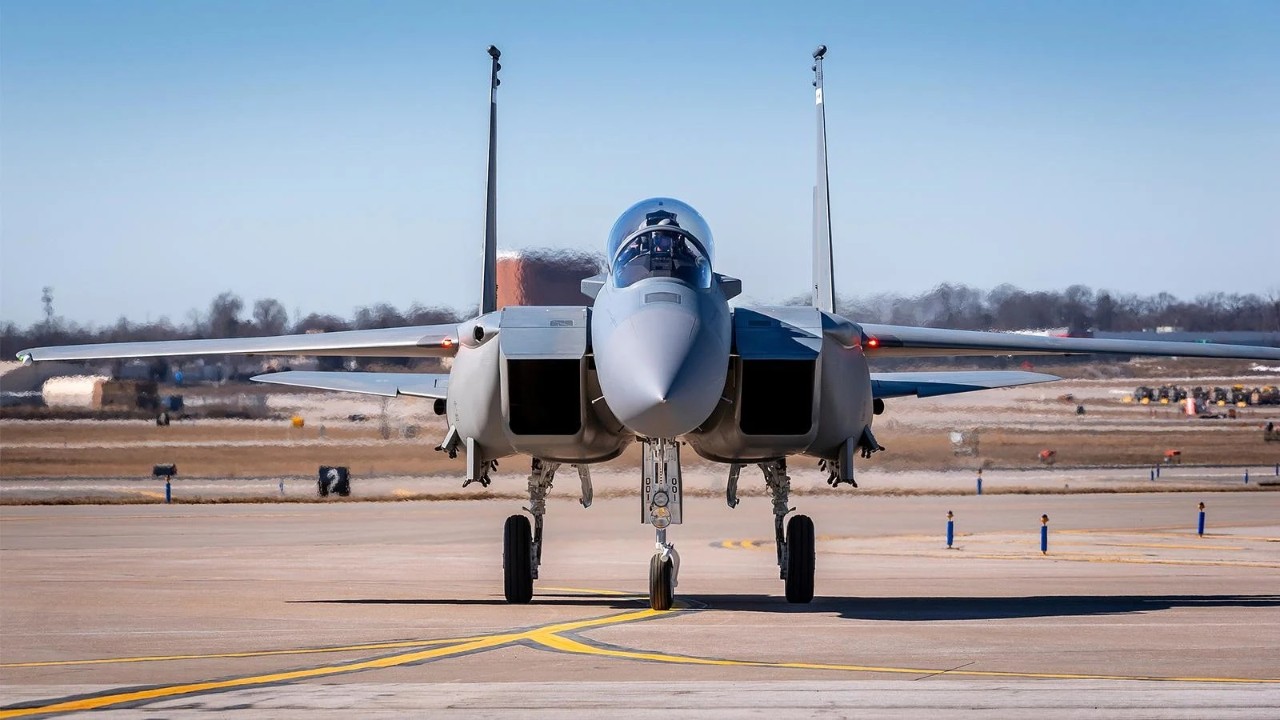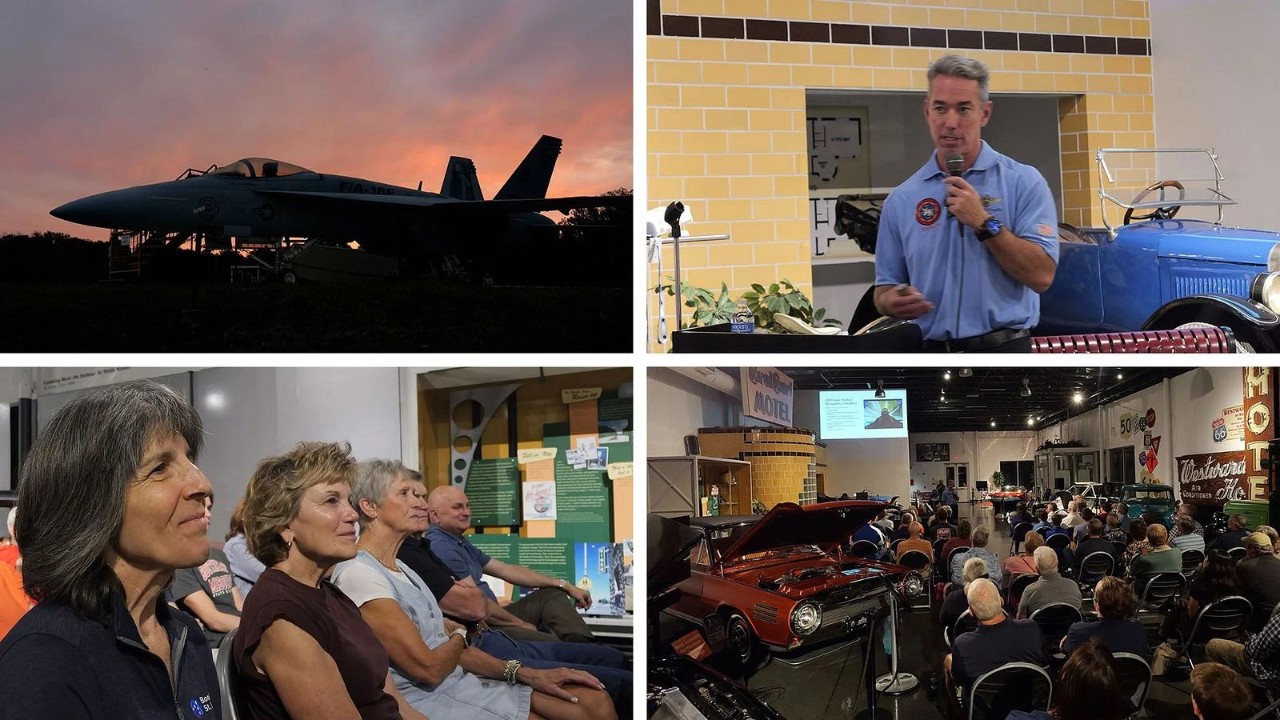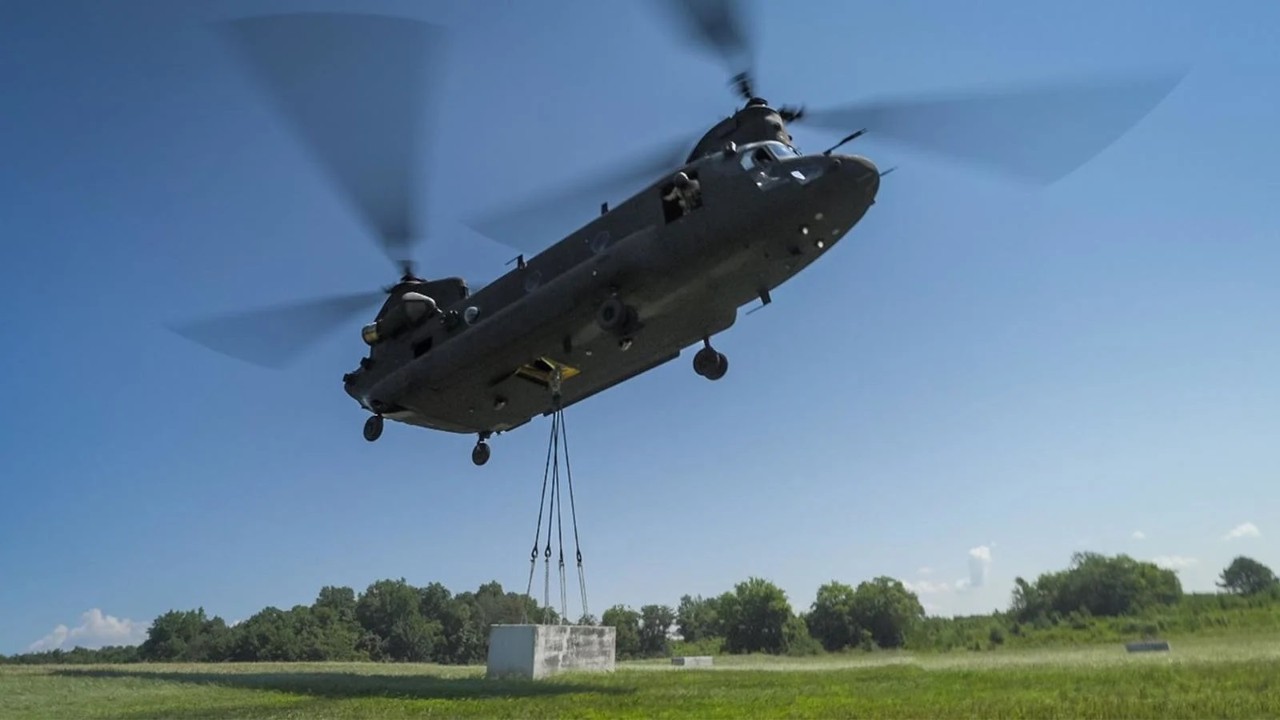Advancing into the Future: Collaborative Combat Aircraft Q&A with Jerad Hayes, Vice President and Chief Engineer for Boeing Phantom Works
 Jerad Hayes, Phantom Works Chief Engineer
Jerad Hayes, Phantom Works Chief Engineer
In an era where technological advancements are reshaping the battlefield, Boeing stands at the ready to deliver unmatched capabilities. In addition to the forthcoming F-47, Boeing is working to provide combat overmatch with the design and development of collaborative combat aircraft (CCA) as they represent a paradigm shift in military strategy.
Unlike traditional aircraft that operate independently, CCAs are designed to work in tandem with other platforms, including manned and unmanned systems. This collaborative approach allows for a more versatile and adaptive response to threats, maximizing the strengths of each aircraft involved.
We sat down with Jerad Hayes, vice president and chief engineer for Boeing Phantom Works, to learn more about Boeing’s efforts around CCAs.
Q: What is Boeing’s plan or vision for unmanned aircraft?
Hayes: Boeing's vision for unmanned aircraft is rooted in the belief that the future of air combat lies in teamwork. By leveraging advanced communication systems and artificial intelligence, these loyal wingmen can communicate with each other to share real-time data, coordinate maneuvers and execute complex missions with unprecedented precision. The result is a more cohesive and effective fighting force capable of responding to dynamic battlefield conditions.
Q. How long has Boeing been in the unmanned, CCA game?
Hayes: Since the 1950s! Boeing is not new to the unmanned aircraft arena as the company has been designing and developing new technologies around unmanned systems for decades. Dating back to World War II, Boeing converted B-17s as drones for missions that were too dangerous for crews. Fast forward to the 2000s, Boeing developed the X-45A Unmanned Combat Air Vehicle, a fully autonomous unmanned air vehicle that was designed for network-centric combat operations.
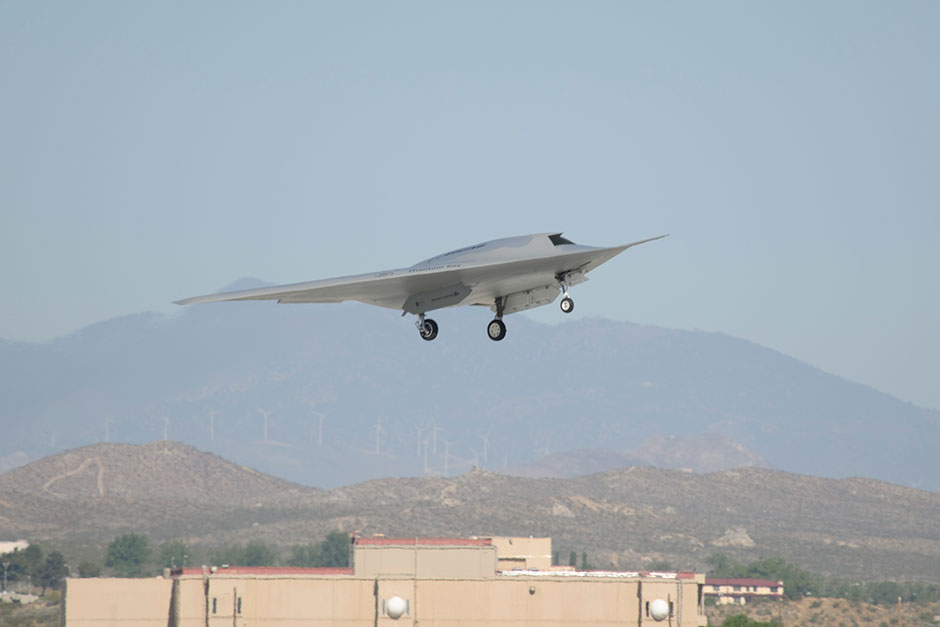 Boeing X-45C
Boeing X-45C
For the past 80 years, Boeing’s Phantom Works division has designed, built and tested an impressive number of prototypes and test beds and produced unmanned systems, including the following:
- Phantom Ray: A fighter-sized X-45C variant that could carry 4,500 lbs. of payload and made its first flight in 2011.
- X-37B Orbital Test Vehicle: An unmanned space vehicle used by the U.S. Air Force to explore reusable spaceplane technologies. This highly maneuverable re-entry craft made its first space flight in 2010. As of 2019, two operational X-37Bs have completed five orbital missions, spending a combined 2,865 days in space.
- MQ-25 Stingray: An unmanned aerial refueler for the U.S. Navy. The MQ-25 made its first flight in 2019, and it became the first unmanned aircraft to refuel another aircraft in 2021.
- MQ-28 Ghost Bat: An uncrewed CCA that uses smart human-machine technology to be a force multiplier. The MQ-28 made its first flight in February 2021 and accomplished its 100th flight in April 2025. The MQ-28 has a defined production system, training and sustainment and will be working towards providing the Royal Australian Air Force (RAAF) with the ability to declare an operational capability in 2028.
Through the products I mentioned above, the capabilities and engineering efforts in Phantom Works have grown exponentially by taking lessons learned to continuously enhance this unmanned technology. The company and our customers are now pushing the boundaries to test the capabilities of these unmanned assets as well as enhance other aircraft to operate in formation and partner on the battlefield.
 MQ-25 refueling an F/A-18 Super Hornet.
MQ-25 refueling an F/A-18 Super Hornet.
Q. You mentioned the company is testing capabilities of unmanned systems. What tests have been conducted?
Hayes: We have been testing unmanned aircraft, like the Phantom Ray, for decades. But most recently, we have been testing fully autonomous systems – the MQ-25 and MQ-28 – in various capacities. These tests showcase the potential for unmanned aircraft to operate alongside traditional fighter jets and other military assets. During these exercises, the aircraft demonstrated their ability to share intelligence, work as a team and adapt to changing mission parameters in real-time.
One notable example is testing between Boeing-built F/A-18 Super Hornets and unmanned aircraft. The company has completed simulated demos to showcase manned-unmanned teaming capabilities with the Super Hornet and the MQ-25 Stingray, an autonomous unmanned aerial refueling system. Boeing has also conducted flight tests with the F/A-18 and off-the-shelf drones. During both the simulated and live flight tests, the Super Hornet was able to communicate and control the unmanned refueler and drones with simple commands.
Another example lies with the MQ-28 Ghost Bat, a CCA that will team with existing military aircraft to extend sensors, increase weapon effects and expand situational awareness. MQ-28 has been following and maturing its architecture to be compliant with government-provided architectures to allow interoperable and interchangeable capabilities, rapid insertion and testing of third-party autonomy. Recently completing more than 100 test flights, the MQ-28 Ghost Bat has the ability to operate in high-threat environments, providing critical support to manned aircraft.
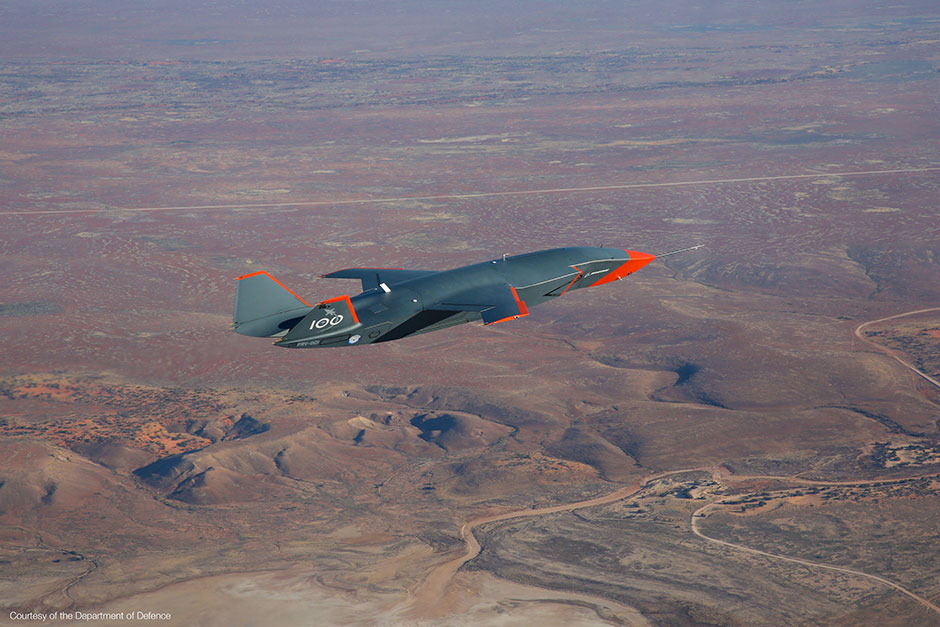 MQ-28 Ghost Bat in flight.
MQ-28 Ghost Bat in flight.
Q. Does Boeing plan to continue testing CCAs?
Hayes: Yes. We are leading industry with testing the capabilities of unmanned aircraft, and we continue to learn more and enhance these systems every day. But even just looking at this year’s schedule and into 2026, we will be testing the MQ-28 Ghost Bat with air-to-air missiles, and we plan to fly and team the CCA with other crewed aircraft.
Q. How does artificial intelligence play a role in CCAs Boeing is designing?
Hayes: Providing a disruptive advantage, critical support and extending the range of defense forces, our loyal wingmen, and the use of artificial intelligence, is gaining mass to over-match future threats.
From enhancing manufacturing to operations and educational training, artificial intelligence is changing the way the world works. To provide customers with mission and decision advantage, Boeing is integrating autonomy, artificial intelligence and machine learning capabilities into current and future defense platforms. With an extreme focus on safety and quality, we are developing and delivering capabilities to autonomously pilot aircraft, managing mission systems and creating decisive decision tools for warfighters, bringing distinct mission advantage safely to customers.
We have proven success in artificial intelligence-accelerated warfighter decision making paired with other capabilities, such as manned-unmanned teaming, with several products, including both Boeing-built products and competitor products:
- We have conducted tests and mission simulations on manned-unmanned teaming capability with Boeing-built products, including the F-15EX, F/A-18 Super Hornet, MQ-25 and MQ-28.
- We are also implementing Modular Open Systems Architecture and Government Reference Architecture compliance for seamless integration into existing and emerging systems. This enables us to meet evolving customer needs, integrate new technologies seamlessly and contribute to the advancement of critical initiatives.
- In 2024, Boeing virtually demonstrated an F/A-18 pilot commanding an unmanned MQ-25 to release a refueling drogue and refuel the Super Hornet, using existing communications links on both platforms.
- And finally, we implemented manned-unmanned teaming on the AH-64 Apache helicopter a decade ago and have also demonstrated a crew interface to manage Launched Effects from an Apache.
Our work on CCAs, unmanned aircraft and artificial intelligence is paving the way for a new era in military aviation. With a commitment to innovation and collaboration, Boeing is shaping the future of technology and air combat. Just last week, we successfully demonstrated teaming with an E-7. We also look to accomplish several tests and demonstrations this year with our loyal wingmen, including communicating and partnering with other aircraft like Boeing’s F-15 and F/A-18. As these technologies continue to advance, they will enhance the capabilities of defense forces, ensuring that they remain agile and effective in an increasingly complex battlefield.
